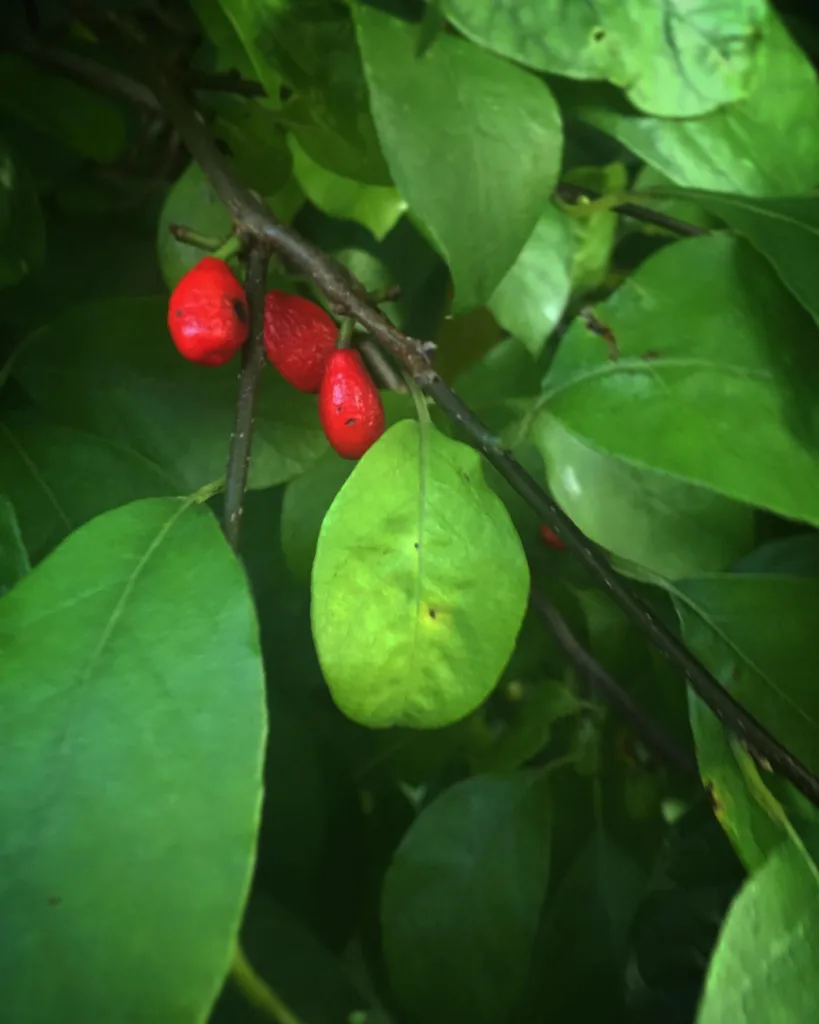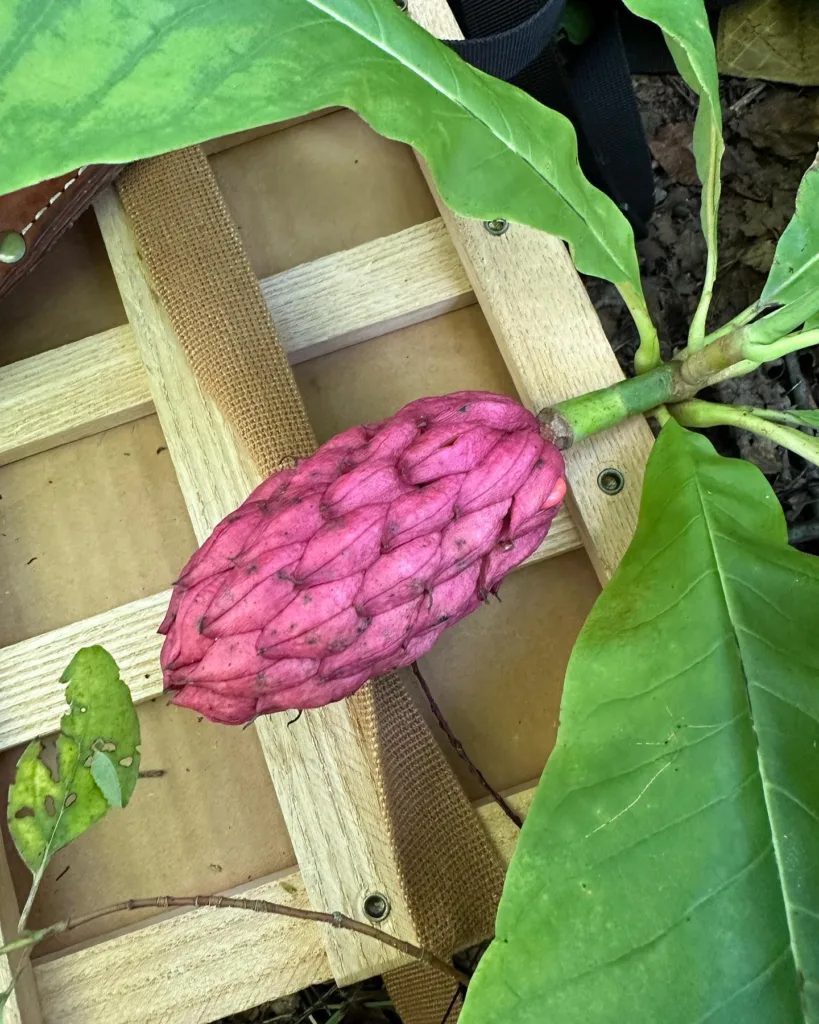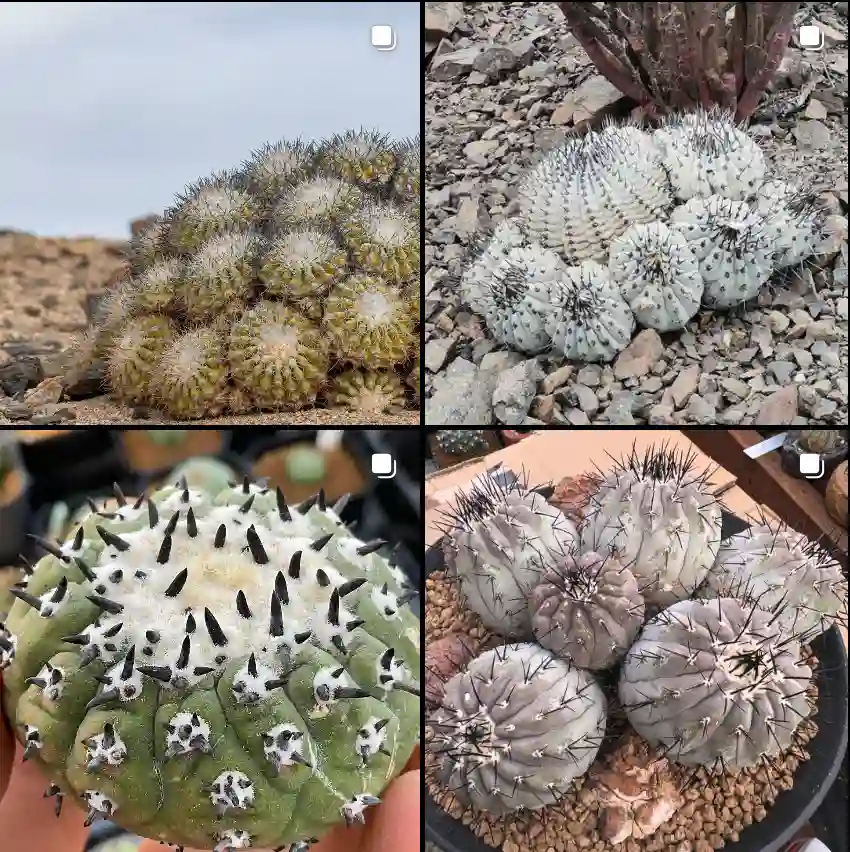Ferb Vu Explores the Orobanchaceae Plant Family
Hello there! Ferb Vu here, embarking on a fascinating journey into the world of the Orobanchaceae plant family. This group of plants, often referred to as broomrapes, are renowned for their unique parasitic lifestyle and striking adaptations. Join me as I unravel their secrets and delve into their remarkable diversity.
Unraveling the Parasitic Nature
The Orobanchaceae family members are obligate parasites, meaning they entirely depend on their host plants for survival. These cunning plants lack chlorophyll, the green pigment responsible for photosynthesis, and therefore cannot produce their own food. Instead, they cleverly attach themselves to the roots of other plants, tapping into their vascular system to siphon off water, nutrients, and even carbohydrates.
A Diverse Array of Genera
The Orobanchaceae family boasts a remarkable range of genera, each with its own unique characteristics and adaptations.
- Orobanche: This genus, commonly known as broomrape, is the most widespread and diverse in the family. These plants are infamous for their devastating impact on crops, especially legumes and sunflowers. – 199 Species in Genus Orobanche
- Striga: The “witchweeds” of the Striga genus are particularly notorious in Africa, where they wreak havoc on cereal crops like maize, sorghum, and millet.
- Aeginetia: Often called “forest ghost flowers,” Aeginetia species are captivating with their translucent, ethereal appearance. These fascinating plants parasitize a wide range of hosts, including grasses and bamboo.
- Christisonia: Found in tropical Asia, Christisonia plants are striking with their large, showy flowers. These parasites primarily target members of the legume family.
- Agalinis Raf.
- Alectra Thunb.
- Anisantherina Pennell
- Asepalum Marais
- Aureolaria Raf.
- Bardotia Eb.Fisch., Schäferh. & Kai Müll.
- Bartsia L.
- Baumia Engl. & Gilg
- Bellardia All.
- Boschniakia C.A.Mey. ex Bongard
- Brachystigma Pennell
- Brandisia Hook.f. & Thomson
- Buchnera L.
- Bungea C.A.Mey.
- Buttonia McKen ex Benth.
- Campbellia Wight
- Castilleja Mutis ex L.f. – 218 Species in Genus Castilleja
- Centranthera R.Br.
- Chloropyron Behr
- Cistanche Hoffmanns. & Link – 24 Species in Genus Cistanche
- Conopholis Wallr.
- Cordylanthus Nutt. ex Benth.
- Cyclocheilon Oliv.
- Cycniopsis Engl.
- Cycnium E.Mey. ex Benth.
- Cymbaria L.
- Dasistoma Raf.
- Dicranostegia (A.Gray) Pennell
- Epifagus Nutt.
- Eremitilla Yatsk. & J.L.Contr.
- Escobedia Ruiz & Pav.
- Esterhazya J.C.Mikan
- Euphrasia L. – 249 Species in Genus Euphrasia
- Gerardiina Engl.
- Ghikaea Volkens & Schweinf.
- Gleadovia Gamble & Prain
- Graderia Benth.
- Harveya Hook.
- Hedbergia Molau
- Hiernia S.Moore
- Hyobanche L.
- Kopsiopsis (Beck) Beck
- Lamourouxia Kunth
- Lathraea L.
- Leptorhabdos Schrenk ex Fisch. & C.A.Mey.
- Leucosalpa Scott Elliot
- Lindenbergia Lehm.
- Macranthera Nutt. ex Benth.
- Magdalenaea Brade
- Mannagettaea Harry Sm.
- Melampyrum L.
- Melasma P.J.Bergius
- Micrargeria Benth.
- Micrargeriella R.E.Fr.
- Monochasma Maxim. ex Franch. & Sav.
- Neobartsia Uribe-Convers & Tank
- Nesogenes A.DC.
- Nothobartsia Bolliger & Molau
- Nothochilus Radlk.
- Odontitella Rothm.
- Odontites Ludw.
- Omphalotrix Maxim.
- Orthocarpus Nutt.
- Parasopubia H.-P.Hofm. & Eb.Fisch.
- Parentucellia Viv.
- Pedicularis L. – 703 Species in Genus Pedicularis
- Phacellanthus Siebold & Zucc.
- Phelypaea Tourn. ex L.
- Phtheirospermum Bunge ex Fisch. & C.A.Mey.
- Physocalyx Pohl
- Pseudobartsia D.Y.Hong
- Pseudomelasma Eb.Fisch.
- Pseudosopubia Engl.
- Pseudostriga Bonati
- Pterygiella Oliv.
- Radamaea Benth.
- Rehmannia Libosch. ex Fisch. & C.A.Mey. – 7 Species in Genus Rehmannia
- Rhamphicarpa Benth.
- Rhaphispermum Benth.
- Rhinanthus L.
- Rhynchocorys Griseb.
- Schwalbea L.
- Seymeria Pursh
- Seymeriopsis Tzvelev
- Sieversandreas Eb.Fisch.
- Silviella Pennell
- Siphonostegia Benth.
- Sopubia Buch.-Ham. ex D.Don
- Tetraspidium Baker
- Thunbergianthus Engl.
- Tozzia L.
- Triphysaria Fisch. & C.A.Mey.
- Vellosiella Baill.
- Xylanche Beck
- Xylocalyx Balf.f.
Adapting for Survival
Orobanchaceae plants have evolved a suite of remarkable adaptations that enable them to thrive in their parasitic lifestyle. These include:
- Specialized haustoria: These modified roots penetrate the host plant’s tissues, establishing a direct connection to its vascular system.
- Reduced leaves and stems: Since they don’t photosynthesize, Orobanchaceae plants have minimized their leaves and stems, often appearing as simple, fleshy stalks.
- Elaborate seed germination mechanisms: Many species require chemical signals from their host plants to trigger seed germination, ensuring they establish themselves in close proximity.
- Prolific seed production: To compensate for their dependence on host plants, Orobanchaceae produce vast quantities of tiny seeds, increasing their chances of finding a suitable host.
The Importance of Understanding
Studying the Orobanchaceae family isn’t just an academic pursuit; it holds significant practical implications. Understanding these plants’ biology and adaptations is crucial for developing effective control strategies to mitigate their impact on agriculture.
Conclusion
The Orobanchaceae plant family is a fascinating group of organisms that have mastered the art of parasitism. Their unique adaptations and diverse range of genera make them a captivating subject of study. As we continue to unravel their secrets, we gain valuable insights that can help protect our crops and ensure food security.
If i die, water my plants!



